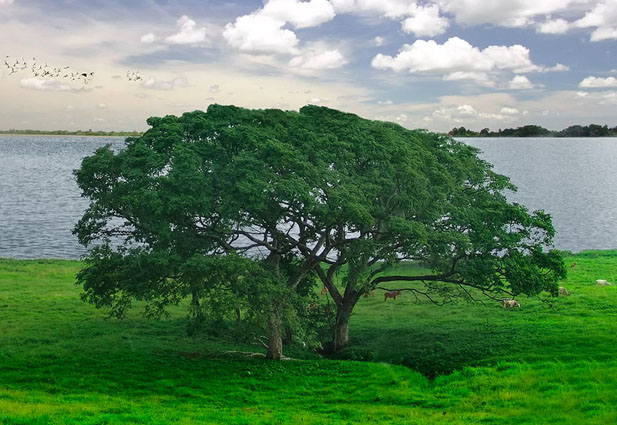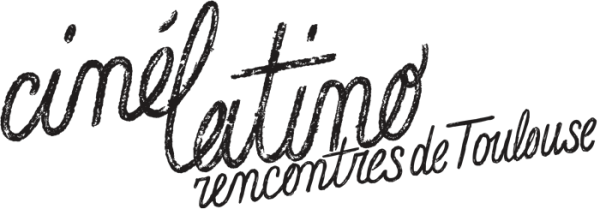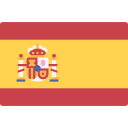- Direction
- Fernanda Romandía
- Country
- Mexico
- Format
- Feature film
- Type
- Documentary
- Original title
- La palabra verdadera / The true word
- Planned casting
- Manuel Segovia, Isidro Velázquez, their respective families, and the inhabitants of Ayapa.
- Scenario
- Fernanda Romandia
Fernanda Romandía
Filmography
Director, short films: “Por Orden de Aparición” (2005) and “Fenix”* (2007).
Director of photography, short films: “Venus” (2006), “Pescador” (2006), and “Ave pájaro”. Photographer, feature length documentaries: “Flores en el desierto” (2008) and “Canícula” (2011)
*Best short film, Morelia International Film Festival, 2007.
Note of intent
The story provides us with two narrative threads: witnessing the potential death of a language and the effect it has on the subjects. The other thread is the relationship between Manuel and Isidro, which will provide the film with moments of levity as well as insight into human relationships.
The documentary will present a compelling portrait of modern day Mexico and the social realities of the countryside. It will explore how a heritage is lost to social indifference. The death or salvation of a language and its cultural legacy will allow us to reflect on the way in which the will to collaborate can mean much more than just the relationship between two men.
The mere fact that Isidro and Manuel, the last known native speakers of Ayapaneco are estranged has great narrative force to me. I do not pretend to rescue Ayapaneco from extinction, though it would be a great pleasure for me to contribute something towards its salvation. Rather, my goal is to present the situation as it is today, find why it came to this, and the degree to which the personal conflict between Isidro and Manuel has to do with the death of Ayapaneco.
I expect the shoot to last twenty-five days. We will attempt to establish as much intimacy as possible with the subjects, their families, and the inhabitants of Ayapa. The editing strategy will shift between contemplation and action, to allow the audience to draw its own conclusions.
Se contempla que el rodaje sea de 25 días, intentando lograr la mayor intimidad con los personajes, sus familiares, y los habitantes de Ayapa. En el montaje se planteará entre la observación y la acción para que el espectador vaya creando sus propias conclusiones.
Synopsis
Manuel Segovia (77) and his neighbor Isidro Velazquez (70) live in the town of Ayapa, deep in the tropical lowlands of southeastern Mexico. Surrounded by birds, rivers, swamps, and oil wells, their homes are at opposite ends of the main village square. They are the last known people to have Ayapaneco as their maternal tongue, and they refuse to speak to each other because of an enduring grudge between them.
The Ayapaneco language is on the verge of extinction. In spite of being neighbors, Manuel and Isidro are estranged and don’t talk to each other. No one knows how the grudge between the two men started, but the resulting silence threatens the survival of a language.
Manuel has worked his entire life on the fields as a crop farmer. He lives with his wife Concepción, confined to her bed since she suffered a domestic accident, and their two sons. One of them, also named Manuel, is constrained by his wheelchair to work at home, restoring religious images. In his spare time, the younger Manuel attempts to learn the Ayapaneco tongue. He understands some words, but lacks the necessary time to master the language.
Ever since Manuel was a young boy, the people of Ayapa grew increasingly embarrassed of their native tongue and slowly abandoned it. The few native speakers remaining have died, among them Manuel’s brother, with whom he spoke Ayapaneco as if it were their secret language.
Manuel is well aware that Ayapaneco is close to disappearing. He has tried to save his native tongue from extinction, but has encountered many obstacles. For instance, the parents of the children Manuel tries to teach ayapaneco have little interest in their sons learning the language of their people.
Isidro is known to friends and loved ones as “Chilo”. Isidro lives with his wife, children and grand children, working as a crop farmer. His family attests that many “gringos”, among other people, have come to Isidro to learn Ayapaneco. They promise him money but mostly fail to keep their word, so Isidro has grown suspicious of those interested in his native tongue.
Isidro cares very little of being one of the last remaining speakers of the Ayapaneco language. He believes it is impossible to save it from disappearing, as people are no longer interested in learning it. People are moving into the cities, away from country and leaving their customs behind.
The survival of a language and the heritage of the people of Ayapa depend on the willingness of two men to reconcile their differences and speak to each other again.
Visual concept
We will work with digital canon HD cameras. The photography will resemble narrative films more so than traditional documentary imagery. We will employ long takes with wide open lenses and still shots of the tropical landscapes to create a contemplative vision of the beauty of the southeastern Mexican jungle. We will make still portraits of the subjects, make use of family portraits, and use camera movements to follow the subjects as they go about their everyday life. We intend to shoot at dawn and dusk as often as possible to endow the film with warm tones.
We will use a polarizing filter to draw out the blue hues of the open sky. The framing will be very precise, treating horizontal and vertical lines with care, making every element present in the frame an aesthetic choice. We will create landscapes that resemble those of classical painting. Nothing will seem to move until out of contemplation situations begin to appear.

- Objectives sought in Films in Development
To find financial support and possible co-production partners to carry out the production and postproduction of the film. Encontrar apoyo económico y posibles co-producciones para realizar el rodaje y la post producción de la película.
- Shooting planned date
September 2012
- Planned shooting location
The town of Ayapa, the town of Paraiso, and other locations throughout the state of Tabasco.
- Budget
- 100,000 Euros
- Project's development phase
In development
- Production
- Alacrán con Alas























